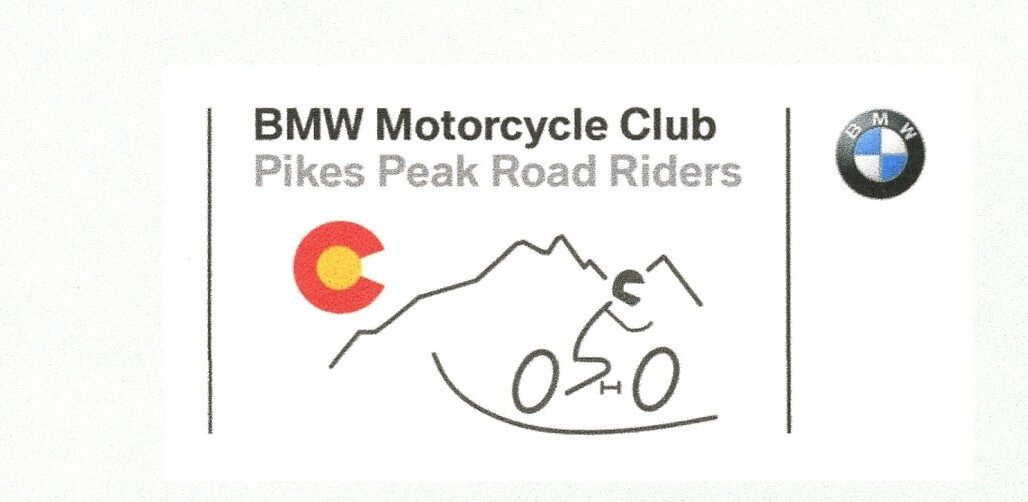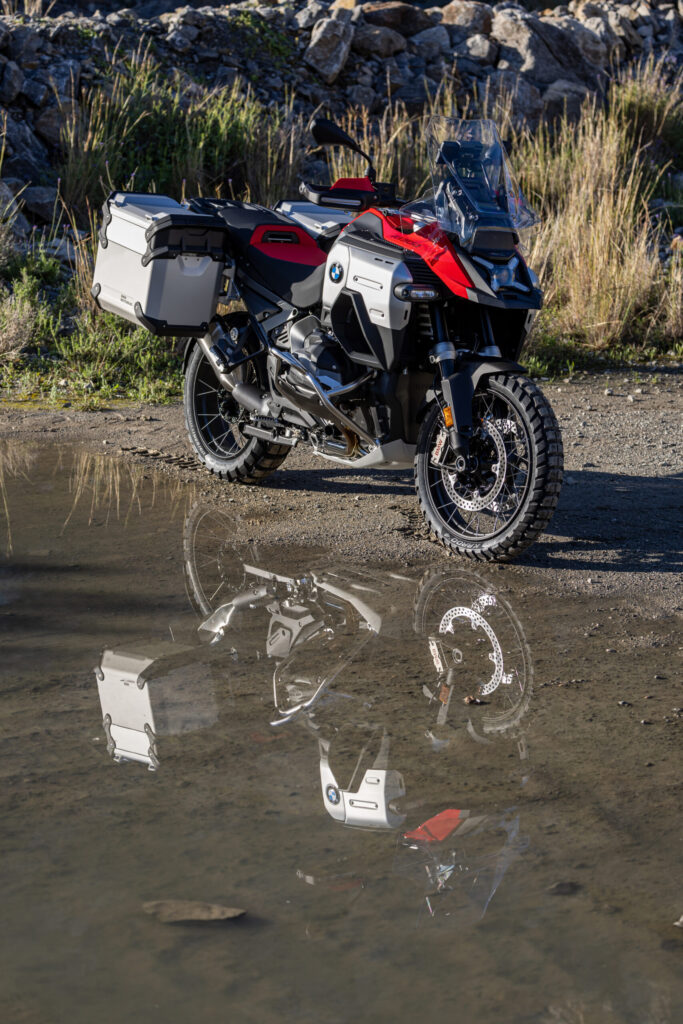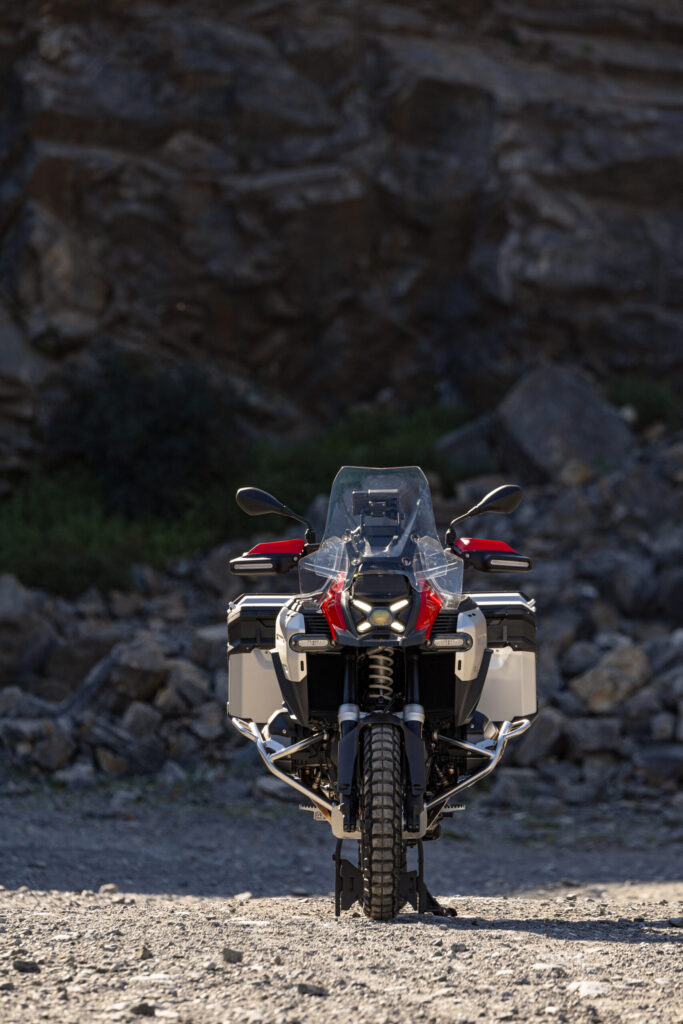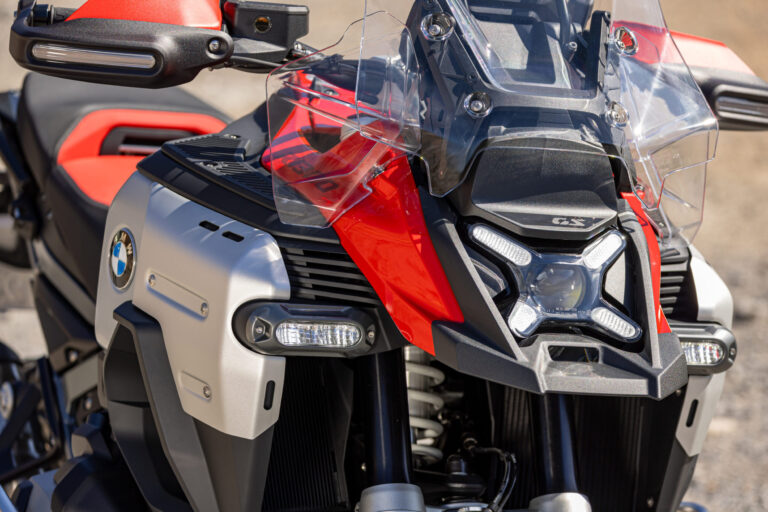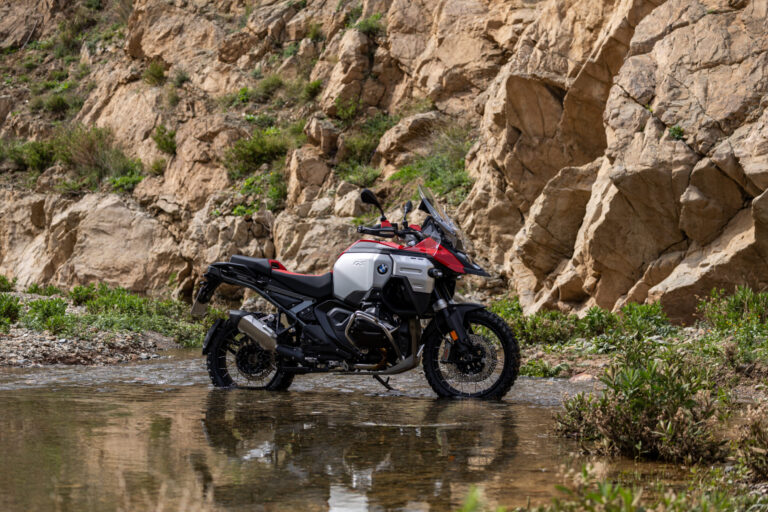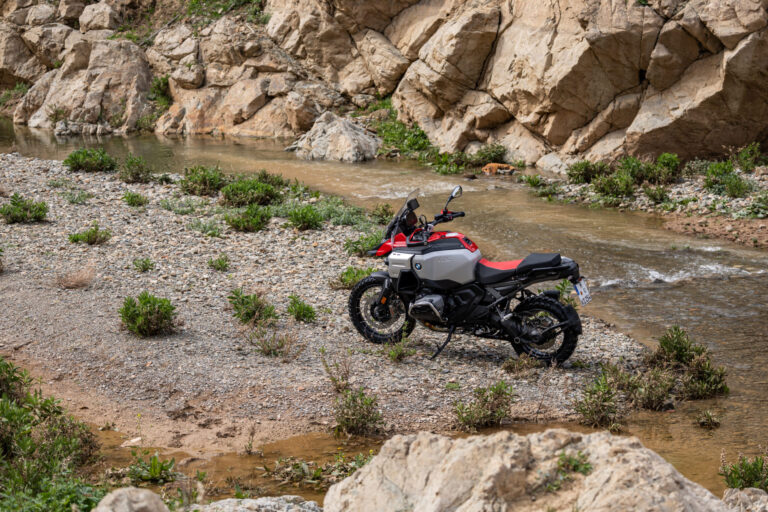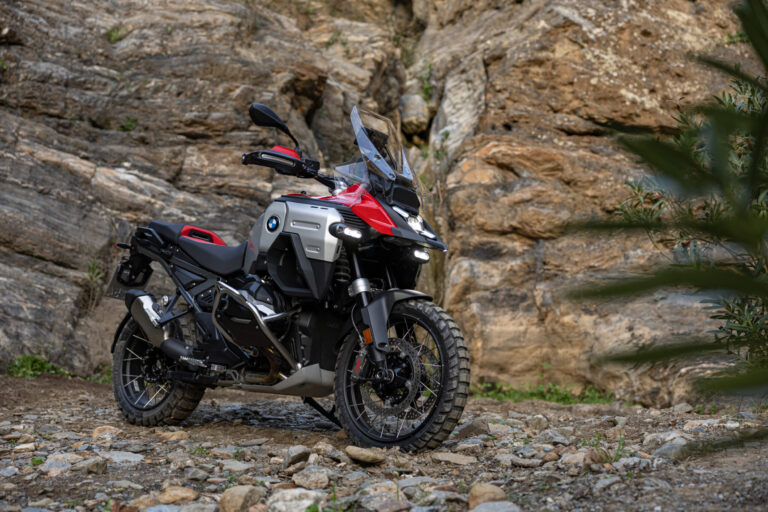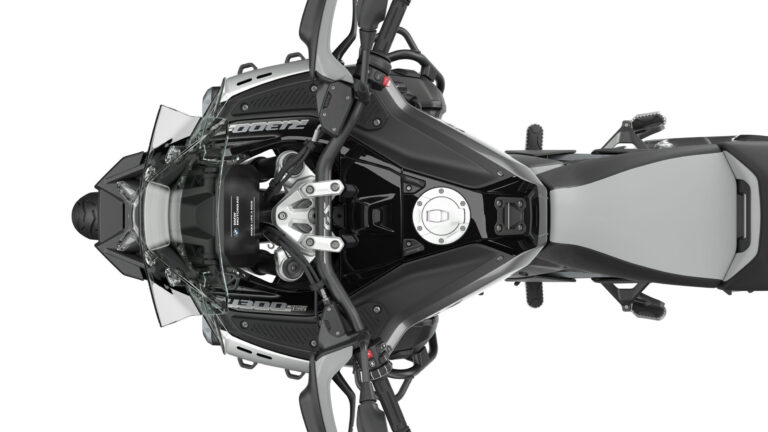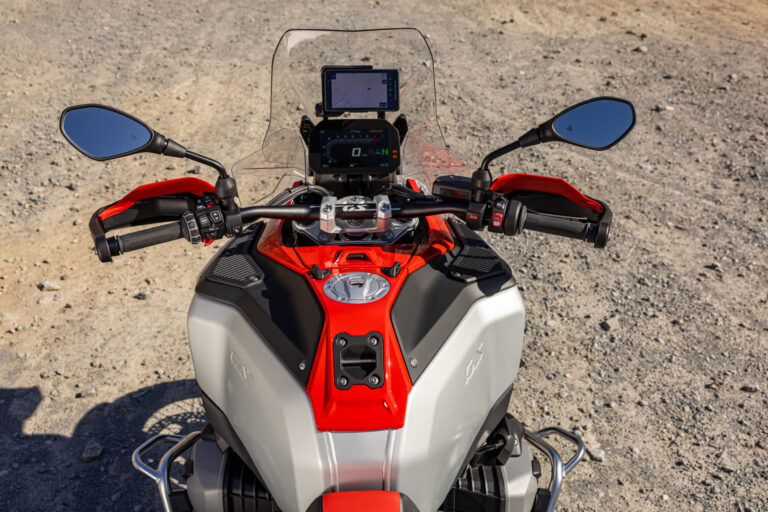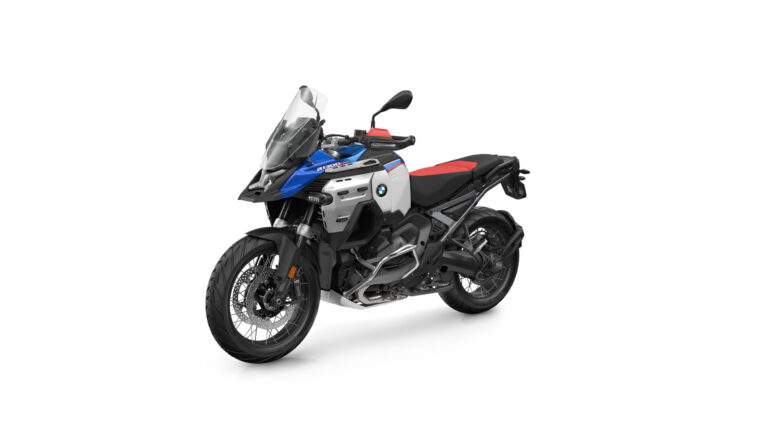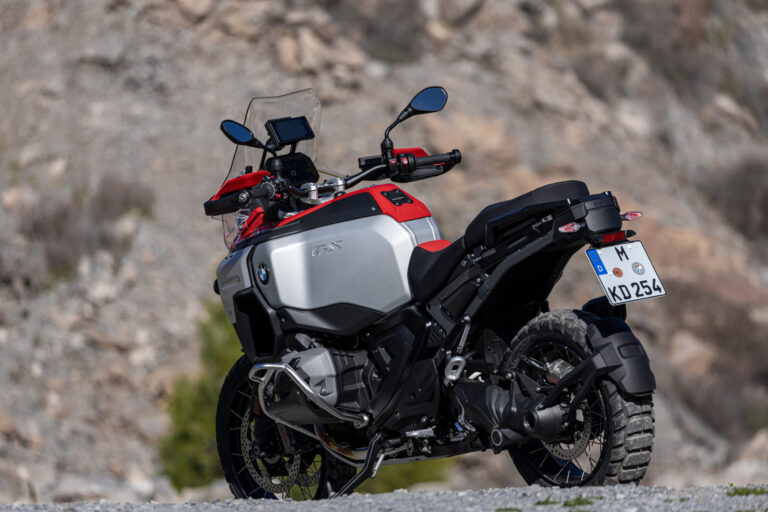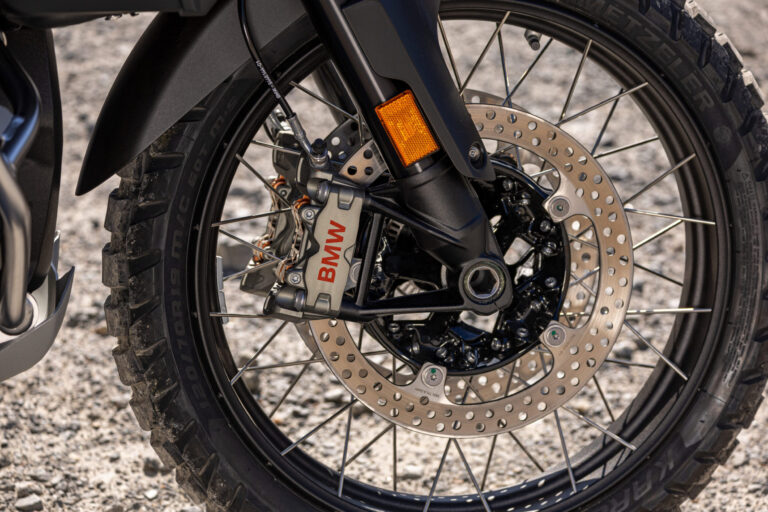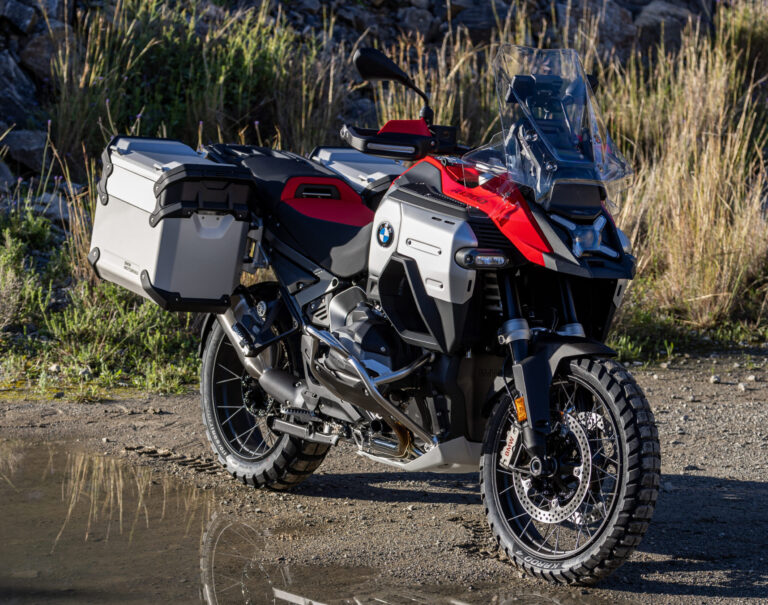The 2024 Club Picnic begins at 2pm on Sept 22. We need several people to arrive early (12:30pm) to help with setup, including tables and chairs which need to be retrieved from barn. Please RSVP as coming to help us see how many are volunteering.
Club Picnic 2024
Robin Lopez has graciously agreed to host again this year
Sept 22, 2-4pm
Food
- The club will provide meat and fixings
- The club will provide water and iced tea
- Most attending members bring pot-luck side dishes or desserts (encouraged, not required)
- BYOBeverage if you want something other than water or tea
Directions From I-25 to Robin’s home
- Address: 9125 Morgan Road, COS (map)
- Take Exit 153 at Interquest Parkway
- Continue onto Interquest Parkway (go 1.9 mi)
- Continue as Interquest Parkway becomes CO-83 N (go 5.5 mi)
- Turn right on Hodgen Road (go 5.5 mi)
- Turn left on Winchester Road (go 1 mi)
- Turn right where Winchester Rd becomes Morgan Road (go 0.1 mi)
BMW Motorrad announces MY2025 updates
BMW Motorrad announced a slew of updates to their motorcycles for the 2025 model year; bikes with these new options will be available for ordering in August 2024 at your favorite BMW motorcycle dealer.
Most of the changes are cosmetic, a typical move for all manufacturers around the world. Some colors are discontinued while others are made available; for example, the G 310 R and various K 1600 models all get new color schemes for 2025. Some models in the BMW lineup gain fresh Option 719 accessories, but let’s focus on more substantive updates.
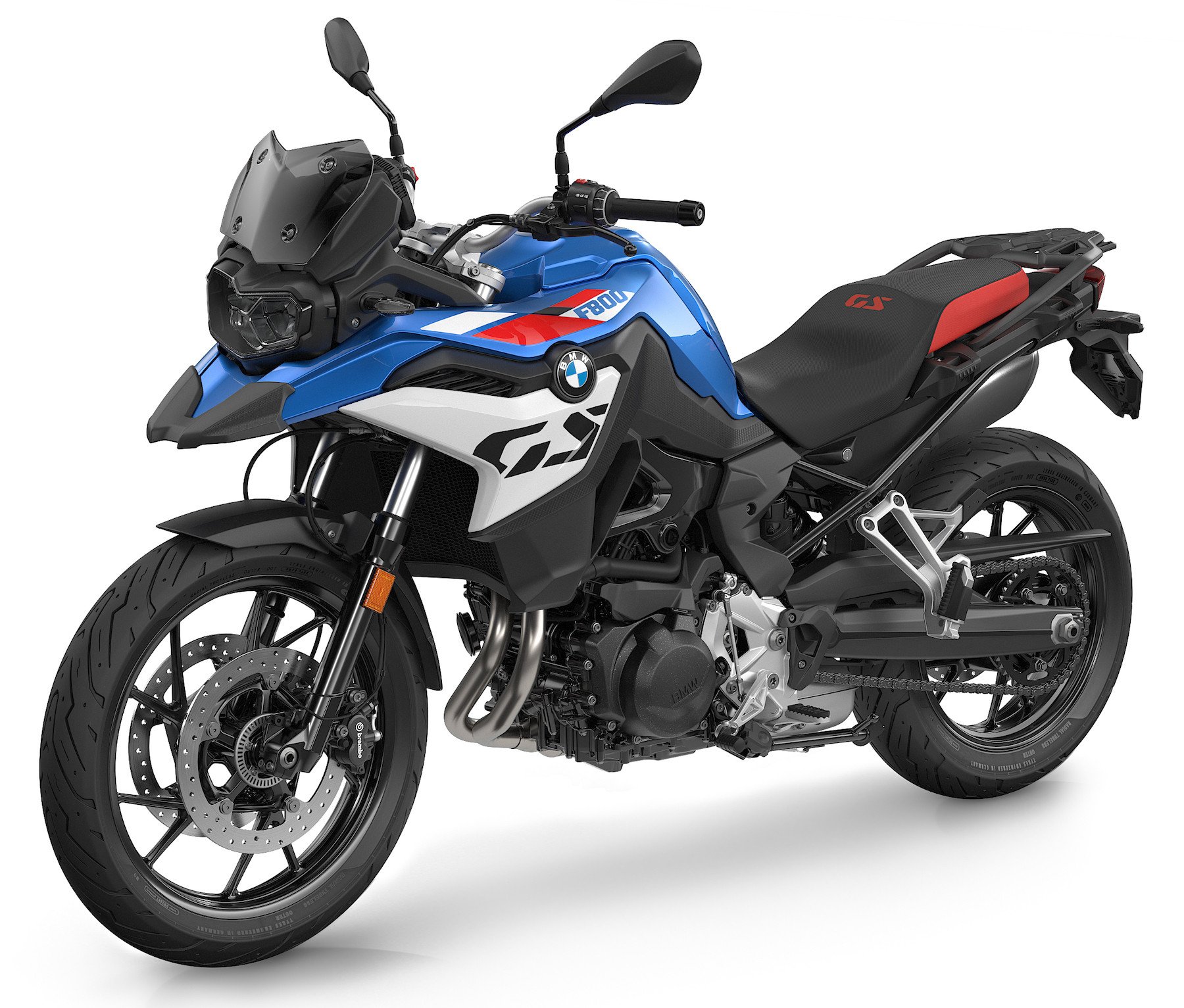
K 1600 GT: You’ll be able to order a center stand—which BMW calls a main stand—separately from any options package.
K 1600 GTL: You’ll have to choose the Comfort Package to get a center stand.
F 800 GS: The Touring Package now includes Headlight Pro, heated grips and hand protection.
CE 02: Batteries will be removable for more convenient charging.
R 12 and R 12 nineT: The Connected Ride Control option now includes a USB-C port.
It’s not a lot of changes, but don’t forget we’re likely to see a new R 1300 GS Adventure in 2025, and possibly (even probably) an R 1300 RT, so it’s unlikely these updates are the last changes for MY2025 we’re likely to hear about.
BMW Announces R 1300 GS Adventure
It didn't take a lot of prescience to figure out BMW Motorrad was going to produce an Adventure variant of the new R 1300 GS—the only thing fans were left wondering was when it would be available and how much it will cost to get one. BMW didn't provide either of these data points in their press release.
Christof Lischka, the head of BMW Motorrad Development, said of the new GSA, "The appearance of the new BMW R 1300 GS Adventure is sure to attract attention. The big GS is not only visually different from its almost dainty sister. Never before have seating comfort, ergonomics, and wind and weather protection been so harmoniously combined with precise handling, exceptional suspension comfort, and smooth running. The new BMW R 1300 GS Adventure has set itself the goal of becoming the benchmark for large adventure motorcycles."
Riders always want to know the details, so here they are: 145 horsepower and 7,750 RPM and 110 foot-pounds of torque at 6,500 RPM; a 7.9-gallon aluminum fuel tank; and all the standards and options we've come to expect from BMW's premier lineup of adventure-ready motorcycles.
Download the full press release from BMW (PDF reader required) and now let's get to the good stuff: PHOTOS!
Mastering your machine: Small changes often make the biggest impact
Photos by Kandi Spangler and Bill Wiegand and courtesy of the BMW Performance Center.
“Feel your butt!” That was the phrase etched into my brain 15 years ago when I had the opportunity to do a training flight with world-renowned aerobatic instructor Budd Davisson.
We began our training by flying a warm-up training maneuver called “boxing the wake,” where I would maneuver the airplane in a benign, box-like pattern before moving on to more advanced maneuvers. Our first exercise was designed to focus on coordinated flight around all three axes of the airplane. While it doesn’t sound exciting or particularly hard, it was the basis for subsequent maneuvers that would have us flying upside-down and practicing loops and rolls while pulling both positive and negative Gs.
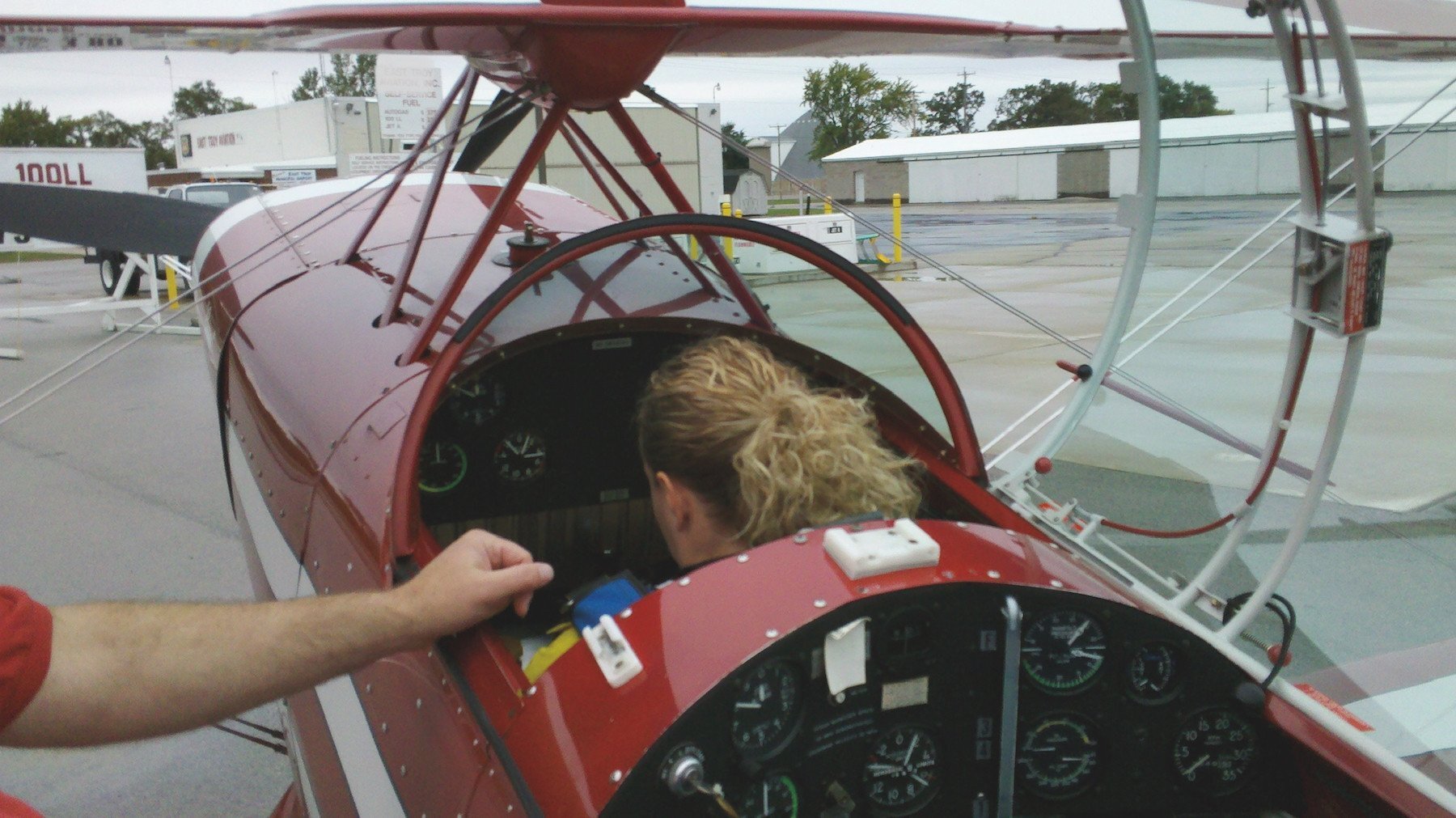
In my opinion, it was also the hardest maneuver to perfect because it required small, yet constant changes in pitch, yaw and bank, all while keeping the airplane in “coordinated flight.” Instead of looking at the trusty turn-coordinator located on the instrument panel during the maneuver, Budd would insist that I look outside and make the maneuver using my internal turn-coordinator–in other words, my butt! Coordinated flight meant keeping my weight firmly in the center of my butt throughout the maneuvers. If for any reason I felt my weight shift even slightly to the side of my butt (think of how your weight shifts in the seat of a car if you take a curve too fast), then we were “uncoordinated” and he would bark, “Feel your butt!” It’s not necessarily that hard to stay coordinated in steady-state flight (like during easy, constant-rate turns), but boxing the wake with small, yet constant changes in pitch, yaw and bank made coordination–keeping my butt centered in the seat–infinitely more challenging.
If you’ve read my previous articles about training, you know I draw a lot of parallels between my riding and flying experience and I approach both activities with a mindset of mastering my machine. But being a master of any machine doesn’t come from experience alone; it comes from a conscious effort to consistently train and practice at a very high level. So, it’s no surprise I drew parallels when I recently took the Authority School at the BMW Performance Center in Greer, South Carolina.
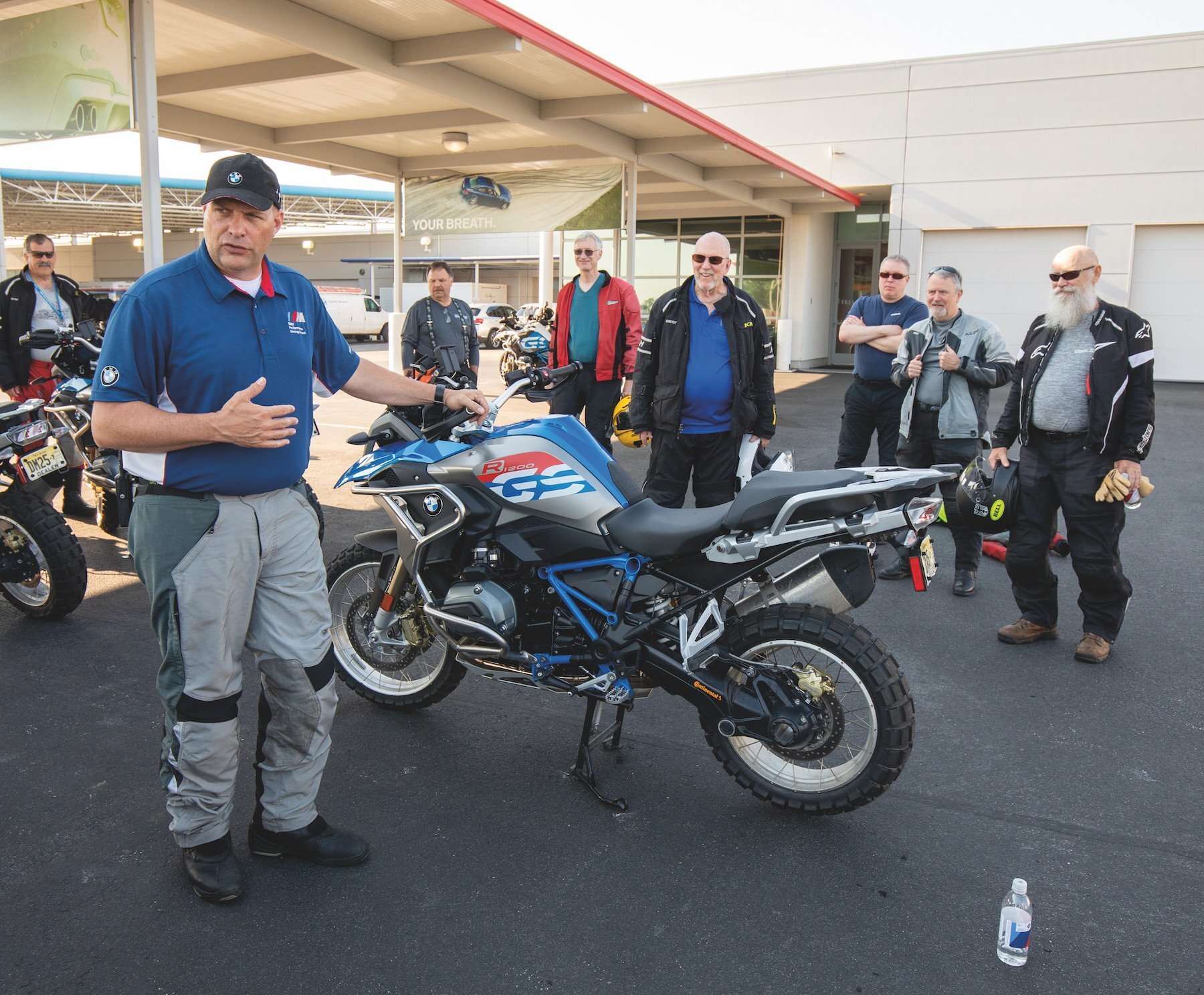
Advanced classes like these are my favorites because you’re not learning macro-level inputs to make the bike do what you want, rather you’re learning about physics, the bike’s capabilities and how seemingly tiny changes in your technique can yield massively different, and impressive outcomes. Advanced classes can teach you the difference between running an exercise at 1,500 RPM vs. 2,000 RPM, or how moving your shoulders another inch to the outside of the turn can give you enough counterbalance to tighten your turn by six inches. These tiny changes and fine-tuning of your skills and using your internal instrumentation of sight, feel, and sound, are where the magic happens and where a highly skilled motorcycle instructor can help even the best riders.
This particular two-day class was taught by the Rider Academy’s Chief Motorcycle Instructor Aaron Rankin, a recently retired Sheriff’s Office Captain with 30 years of experience, including 12 as a Motor Officer. Originally developed for law enforcement officers, this course is designed to turn “riders” into “operators” through an intensive curriculum that includes tight turns, slow speed navigation, high speed maneuvers, sight lines, and safety using body, eyes, brain, and bike controls.
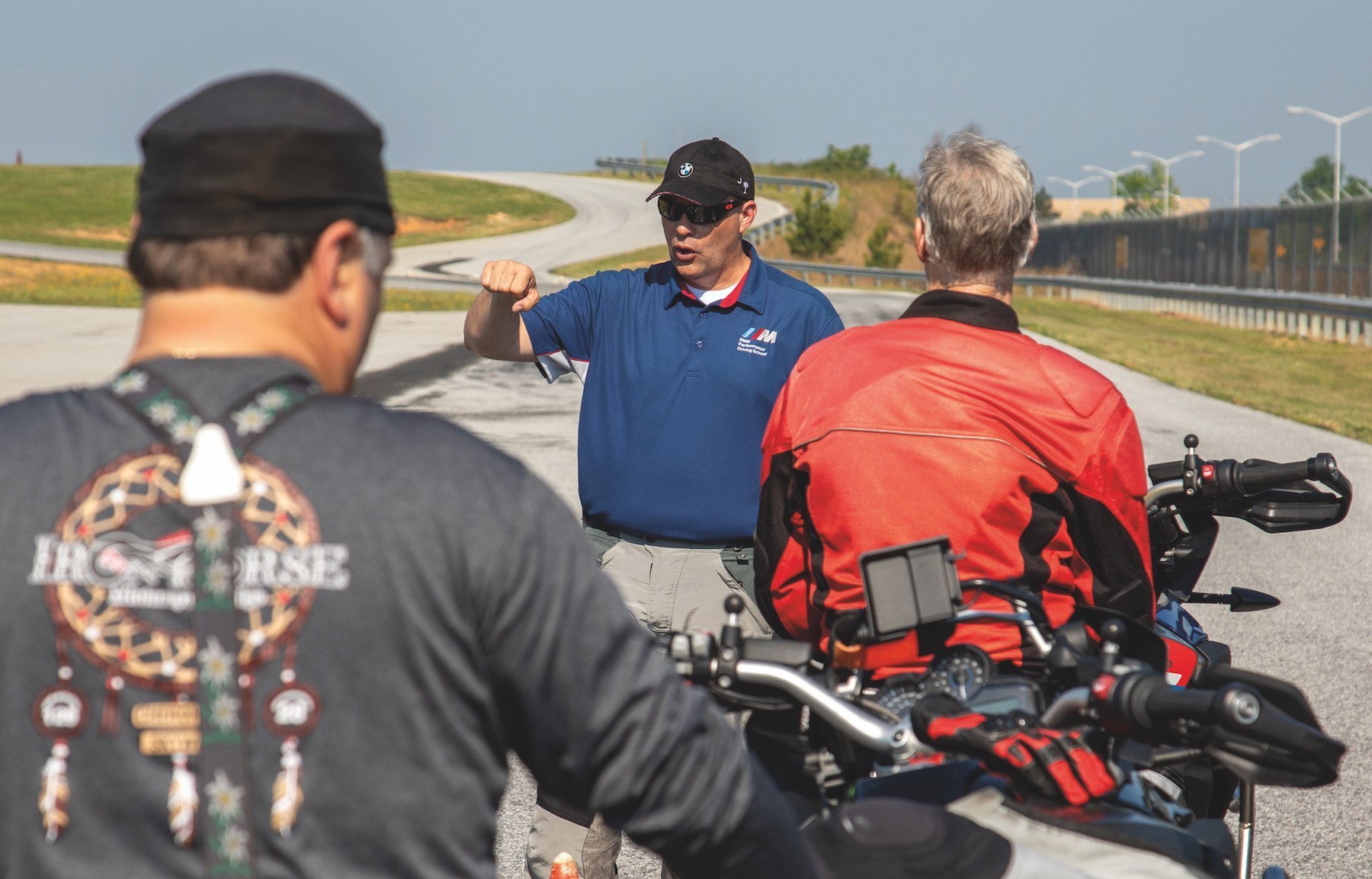
Part of what appealed to me about this class was how it was developed and is taught only by current or retired motorcycle police officers. In my mind, this is akin to me getting pilot training from a Blue Angels pilot, so I jumped at the chance to take this class. These motor officers go through grueling training exercises, often on a monthly basis, both at slow and high speeds and then they throw in some occasional gunfire (paintball or beanbags for training purposes) while riding through tight cone courses. If that isn’t pressure, I don’t know what is. As you can imagine, the instructors for the Authority School are extremely skilled riders and cool as cucumbers under pressure, so I couldn’t wait to learn from them.
From the time you arrive at the Performance Center, it’s apparent the Authority School instructors aren’t there to teach you to ride; they’re there to fine-tune your riding skills to help you transition from a good rider to a great rider. They accomplish this through a set of cone courses in a parking lot that will be your training ground for the following two days. But it’s not riding these courses over-and-over that make you a better rider. The real magic happens as the instructors spot tiny errors in real-time and offer tips and minor changes that make a BIG difference in your riding. It’s the immediate feedback from a skilled instructor with a watchful eye who can spot errors and make those small corrections that makes this course, and the others offered by the Performance Center, worth the price of admission.
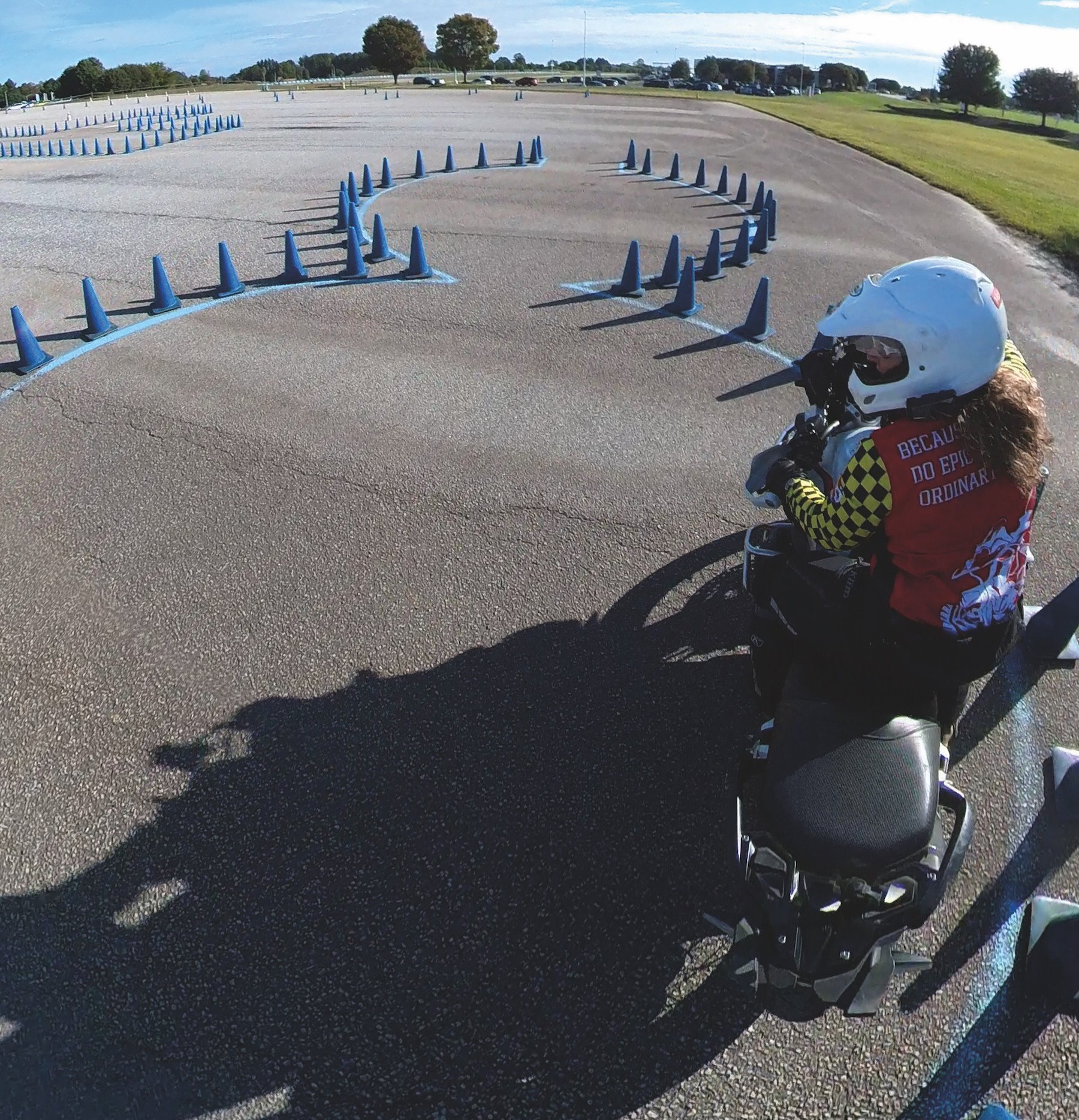
While Aaron didn’t yell, “Feel your butt!” as I was riding, he did bark other instructions throughout the two days that will be forever etched in my brain. Instead of focusing on the cones and riding a pattern hoping I didn’t hit any of the cones, he had me intently focus on my own internal instrumentation (my senses) to perfect the exercises–hearing and managing my engine’s RPM, feeling the bike fluidly move independently under me, finessing my touch on the controls, and focusing my vision further ahead into the maneuver. My brain began the difficult process of re-wiring, and eventually I would do all the courses without fail…until they secretly began moving the cones tighter!
My favorite part of the course came during the afternoon session of the second day when we moved from the parking lot onto their track. There, they set up a series of high-speed cone courses that would maximize the R 1250 GS’s advanced technology as we executed weaving and emergency (threshold) braking exercises. At no time in my 40 years of riding has anyone told me to “grab” the front brake until this class. My brain bucked at the idea, and my first couple attempts yielded an ingrained aversion to abruptly and forcefully squeezing the front brake.
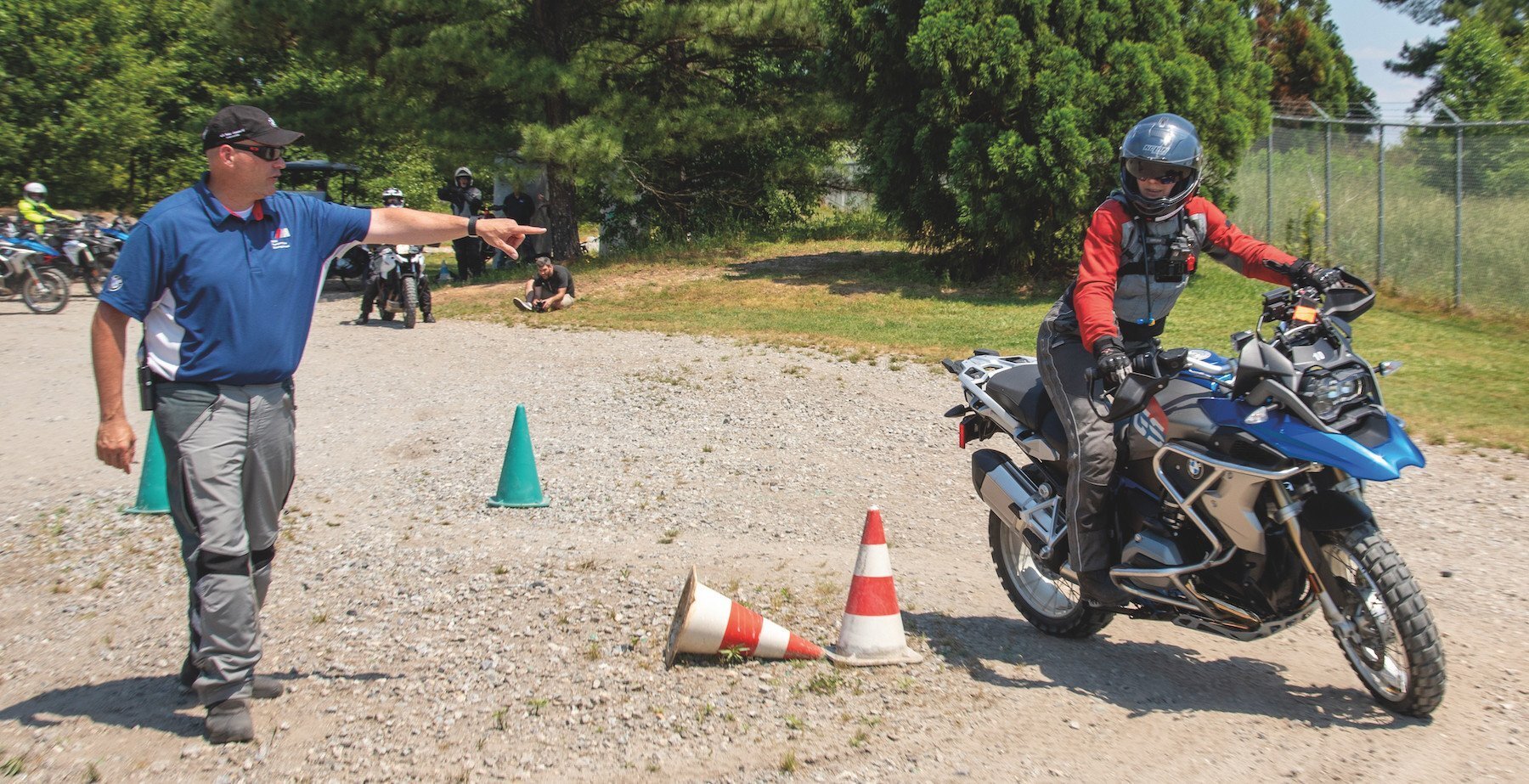
“Break that front brake lever off!” Aaron yelled, as I circled back around for another try.
On my third attempt, I adjusted my handhold on the right handlebar and spoke out-loud to myself before starting my takeoff roll, “full brake, full brake, full brake.” I cringed as I approached the stop cones and fought my instincts. As soon as my front wheel crossed through the coned gate, I stomped on the rear brake and then immediately squeezed the front brake lever with all my might. The tech on the R 1250 GS responded immediately as I felt my weight lurch forward (which they taught us to prepare for) and the ABS chattered away until I came to an abrupt stop in a distance I never thought possible.
As an MSF RiderCoach, I truly thought I was skilled at emergency or “threshold” braking. But once I was armed with a basic understanding of the technology installed on that specific model bike, equipped with the proper technique for threshold braking on that motorcycle, and then given immediate training feedback from a skilled professional, I learned I could substantially reduce my braking distance even more, perhaps by as much as 25%! This is where the difference between being the student versus being the instructor really hit home for me. As instructors, we’re conditioned to teach in a way that will benefit the general population of riders who are newer to the sport.
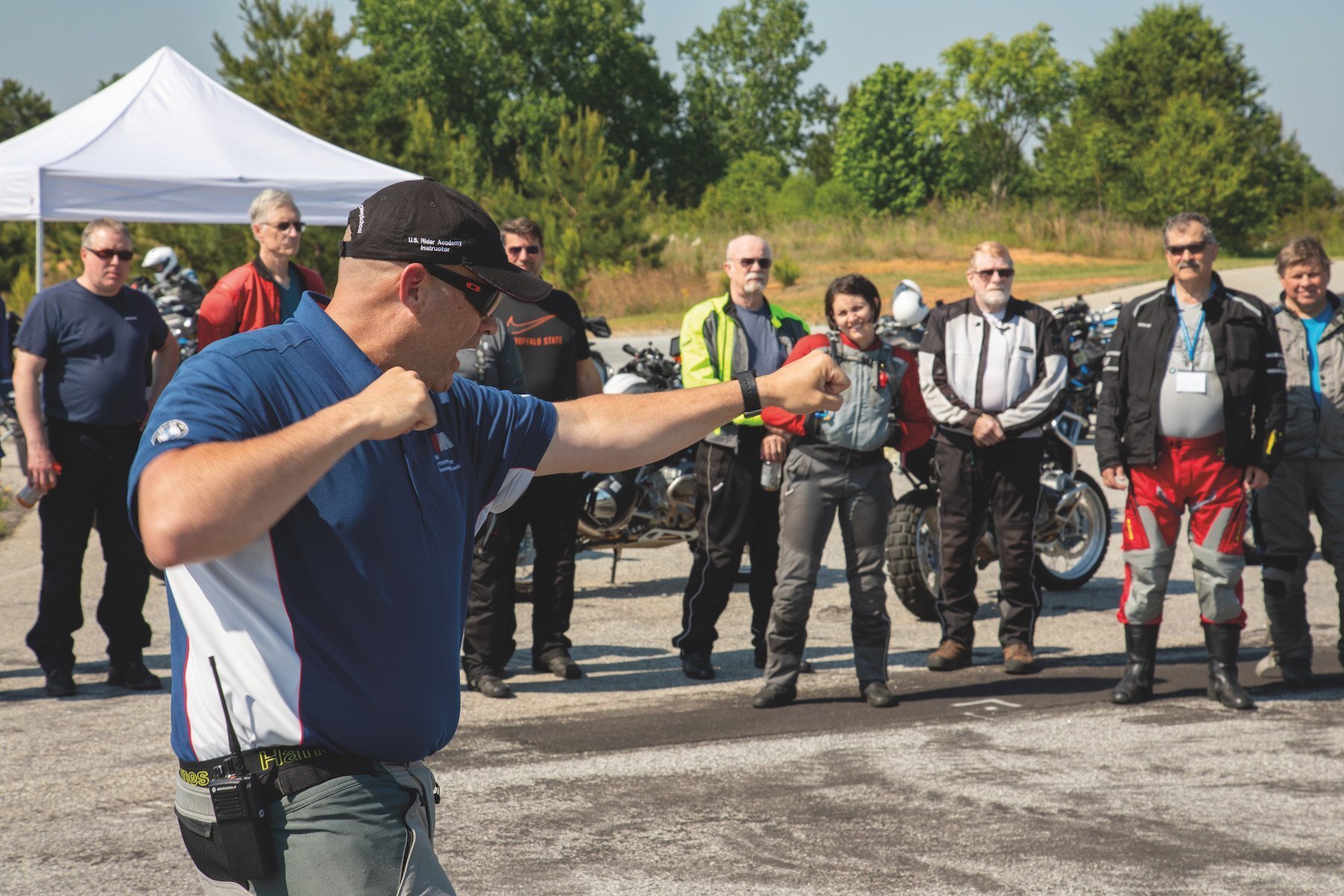
This means teaching techniques that will work for older motorcycles with dated, or no technology at all and for students new to riding. In other words, macro-level skills. This advanced class, however, was designed to maximize both rider and motorcycle capabilities and translate that into peak performance maneuvers. In this exercise, it meant the shortest stopping distance possible, and it was impressive once properly executed. My brain re-wiring continued.
Another lesson from that afternoon, dealt with the relationship between threshold braking and swerving. In hindsight this lesson made total sense, but the application had never been taught to me in this way. Both the lesson and experience yielded yet another “Aha!” moment when I re-learned the relationship between swerving and emergency braking was an “either-or” relationship.
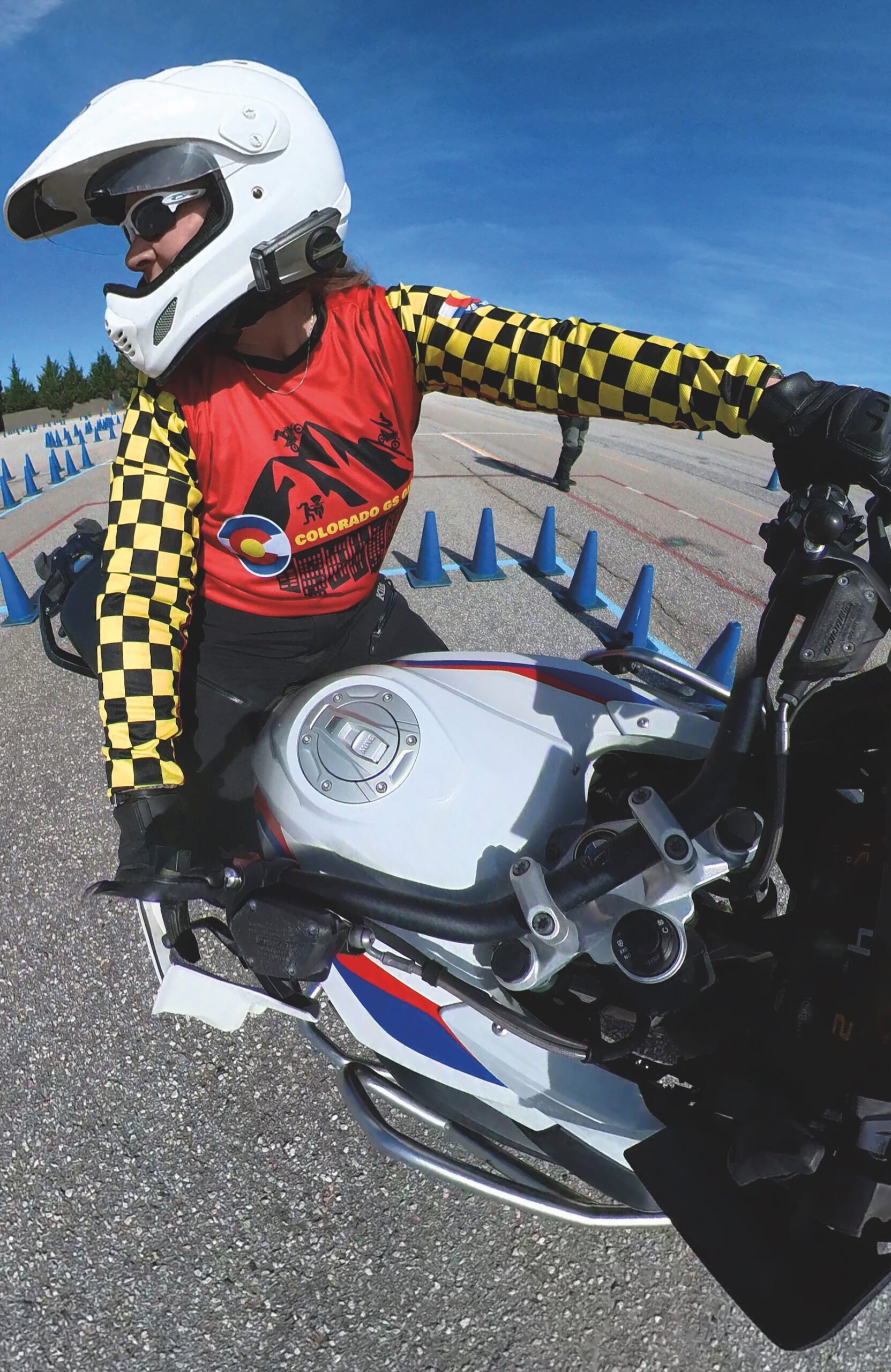
In the MSF Basic RiderCourse, we teach students to swerve, then brake. We don’t really teach them why, but we teach them how. So, Aaron painted us a picture using a real-world scenario. What if I were to crest a hill on a highway going 60 mph and suddenly saw three lanes of traffic stopped less than 50 feet ahead? Would I swerve first then brake, or brake, then swerve? Or would my brain just say do everything all at once. Rote memory can be helpful at times, and at other times it can be detrimental. This is where teaching the why and how can be more beneficial.
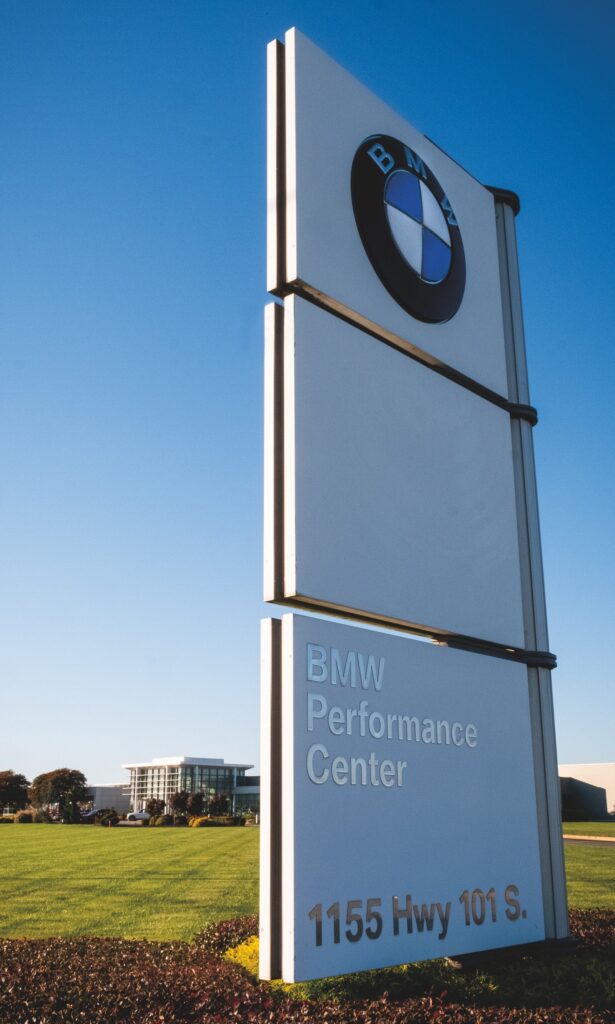 In this exercise, Aaron had us approach a set of cones at 50-60 mph, beyond which we would apply full emergency braking to get slowed as quickly as possible. Before coming to a stop however, there was a second set of cones simulating the rear-end of a tractor-trailer straight ahead and it was impossible to get stopped before reaching this second set of cones. This required us to release the brakes before quickly swerving, and then going back to forcefully squeezing both brakes until coming to complete stop. Releasing the brakes isn’t necessarily required prior to swerving in an emergency braking situation on the R 1250 GS due to lean-sensitive ABS Pro, but there are other factors at play that clearly support the Performance Center’s curriculum of separating the two actions. For fear of getting hate mail and wise-cracking comments in next month’s issue, I won’t go into detail on the physics and other forces at play, but the act of emergency braking and swerving at the same time simply means you won’t get 100% of the bike’s capabilities. For any given scenario, you must decide whether you want 100% of the bike’s braking capability, or if you want 100% of the bike’s swerving capability. This is partially due to the tech installed on modern-day bikes, and partially due to good old-fashioned physics. But the end result could mean the difference between slamming into the back of the imaginary semi-truck/cones or clearing it. My takeaway from this exercise, however, was that if we practice “either-or” type maneuvers in the same order every time (like the MSF curriculum), we end up relying more on rote memory versus utilizing the bike’s tech and my skills in the order that is most beneficial for the situation. More brain rewiring ensued, and I made a mental note to incorporate different braking and swerving scenarios when I train at home.
In this exercise, Aaron had us approach a set of cones at 50-60 mph, beyond which we would apply full emergency braking to get slowed as quickly as possible. Before coming to a stop however, there was a second set of cones simulating the rear-end of a tractor-trailer straight ahead and it was impossible to get stopped before reaching this second set of cones. This required us to release the brakes before quickly swerving, and then going back to forcefully squeezing both brakes until coming to complete stop. Releasing the brakes isn’t necessarily required prior to swerving in an emergency braking situation on the R 1250 GS due to lean-sensitive ABS Pro, but there are other factors at play that clearly support the Performance Center’s curriculum of separating the two actions. For fear of getting hate mail and wise-cracking comments in next month’s issue, I won’t go into detail on the physics and other forces at play, but the act of emergency braking and swerving at the same time simply means you won’t get 100% of the bike’s capabilities. For any given scenario, you must decide whether you want 100% of the bike’s braking capability, or if you want 100% of the bike’s swerving capability. This is partially due to the tech installed on modern-day bikes, and partially due to good old-fashioned physics. But the end result could mean the difference between slamming into the back of the imaginary semi-truck/cones or clearing it. My takeaway from this exercise, however, was that if we practice “either-or” type maneuvers in the same order every time (like the MSF curriculum), we end up relying more on rote memory versus utilizing the bike’s tech and my skills in the order that is most beneficial for the situation. More brain rewiring ensued, and I made a mental note to incorporate different braking and swerving scenarios when I train at home.
My two-day class concluded with a short debriefing, presentation of our completion certificates, and group pictures before I left the Performance Center with a huge smile on my face and my body feeling sore and completely exhausted. Back home in Denver two weeks later, I showed up at my regular group training session to continue practicing my refined skills. My fellow high-performing, motorcycle-practicing rider geek friends could immediately see my improvement and commented on my riding that day.
“You’re on fire today, girl!” the group’s leader commented.
I’ve attended these weekend practice sessions a hundred times, but the comment made me think of a saying I’ve often heard: “Practice doesn’t make perfect; Perfect practice makes perfect.”
To go from being a “rider” to a skilled “pilot” of your motorcycle, you need a watchful instructor to provide real-time feedback when you’re in search of perfecting your practice. A skilled and experienced rider will never truly reach perfection, but it’s important to realize the biggest improvements often come from the smallest changes in your inputs, and this is the path towards mastering your machine.
Salida Ride (Thurs 8/22)
Lunch at 50 Burger
445 E Highway 50, Salida, CO (map)
After lunch
North Highway 285
West Highway 24
It’s not easy being green
Remember Kermit the Frog’s signature song and 1970 Sesame Street super-hit? Kermit’s ode to involuntary (and sometimes unpleasant) individuality was about the literal color green, but there’s a parallel with the figurative version—as in being “green” at a new activity and lacking the ease and sophistication of those with extensive practice. Nobody starts at the top. We all must work our way up the ladder of mastery if we’re to make genuine progress in our development, rather than evading challenge and maintaining a façade of competence that would crumble in any real test.
 We all know a rider who fits the latter description. They may buy the fanciest gear and own the most powerful machinery, but they’ve invested only in the material aspects of our avocation without putting in the time and effort it takes to become a truly competent motorcyclist. I confess, I was exactly “that guy” during an earlier period of my long tenure on two wheels. I know all too well the experience of hiding “shameful” limitations by finding excuses to avoid rides which might expose my shortcomings to riding buddies, while imitating the ways expert riders talk about doing things I couldn’t do (and wouldn’t dare try). If I could look and sound the part, I hoped to fool people into accepting me as their peer, when I was really nowhere close.
We all know a rider who fits the latter description. They may buy the fanciest gear and own the most powerful machinery, but they’ve invested only in the material aspects of our avocation without putting in the time and effort it takes to become a truly competent motorcyclist. I confess, I was exactly “that guy” during an earlier period of my long tenure on two wheels. I know all too well the experience of hiding “shameful” limitations by finding excuses to avoid rides which might expose my shortcomings to riding buddies, while imitating the ways expert riders talk about doing things I couldn’t do (and wouldn’t dare try). If I could look and sound the part, I hoped to fool people into accepting me as their peer, when I was really nowhere close.
Most of my inadequacies as a motorcyclist during that era resulted from complete and utter lack of guidance; I was so ignorant of proper riding technique, I didn’t know how much I didn’t know, and couldn’t fathom how to learn. In my naïve mind, the adept riders were simply talented and brave. The only way I could imagine becoming as good as they were was to push myself to just go faster and faster, white-knuckling my fear and fighting impulses to roll off the throttle on my series of latest, greatest, racer-replica liter-bikes (which I kept thinking would make up for what I lacked as a rider). Calamari, anyone?
Of course, my approach was horribly counterproductive. I not only learned nothing useful that way, I also took foolish risks for zero rewards. Rather than ride terrified and humiliated, I mainly posed when around other riders and derived most of my motorcycling enjoyment from riding solo. or with others who possessed even less skill. I’m not proud of this, but I don’t condemn myself for it, either, because I didn’t/couldn’t know any better back then—and I did change my ways.
My perspective on riding well is no longer so much about competition as it is collaboration. Rather than construing every outing with other riders as a race, establishing a pecking order wherein speed equals pride and lack of speed equals shame, I now consider anyone faster or smoother than me a potential teacher whom I might ask for assessment and advice—and I’m happy to be their student. My ego isn’t involved in the same way it had been. Instead of trying to prove myself admirable to others on the basis of my place on the podium (as if!), I’m admirable to myself for taking a humble, open stance and pursuing substantive improvement, not a grandiose image. When I first transitioned to volunteering I was a slow guy, rebranding myself as a neophyte in spite of my decades on two wheels, it was a tremendous relief. People expected less of me, and I had no false pretext to try—and inevitably fail—to live up to. It felt much better to undersell and overperform than the other way around. I relaxed and had more fun, and I could begin working on problem areas I had previously hidden, or didn’t even recognize.
I learned everyone had to learn to ride well; it wasn’t just a function of inborn abilities or superhuman courage. I could orient to the process of getting a riding education (both formal and informal), which meant I finally had an alternative to pretending and avoiding—strategies I’m now certain were laughably transparent. I wince at the realization my initial cohort must have generously tolerated me as an obvious fraud in their midst when I first entered the sport riding scene. You see, I had only ridden the flat, straight roads of Central Florida for many years before moving to East Tennessee, where I was introduced to mountain twisties. I’d never gotten any riding instruction (I didn’t even realize it existed), and I knew nothing about cornering a street bike. Ridiculously, I expected to master cornering the same way I’d developed the ability to go fast in a straight line—just by yanking open the throttle, hanging on, and getting used to it. That’s not how it works.
After the paradigm shift from trying to become braver to trying to ride more skillfully, I no longer needed to obscure my “cowardice” (this fear was actually good judgment, given my ineptitude). I could now focus on practical methods of getting a motorcycle to do what I wanted it to do. The necessary methods weren’t arcane mysteries magically unlocked by becoming a fearless road warrior. They were concrete actions which could be explained/understood and then practiced, with results reflecting the amount of effort I devoted. If I wanted to hang with the faster riders, I need only spend the time required to master the relevant skills—a much more prosaic process than I’d envisioned. This involved reading books and articles, watching videos, and engaging instructors to gain a conceptual framework, then practicing the applications on a moving bike. Ideas got translated into activities, which then became competencies with enough repetition—and plenty of correction by knowledgeable observers who could alert me to discrepancies between what I thought I was doing and what I was actually doing, and instruct me on what I should be doing. In other words, true proficiency was a product of humility, not swagger. I had to both a) tolerate the frustrations of learning new things which didn’t come automatically, quickly or easily, and b) ask for help from others who would see my naked flaws and point them out to me, adding constructive guidance. Even without a brittle ego to protect, these are difficult things to do because they require so much hard work and perseverance.
Improvement in virtually any domain requires a willingness to accept our limitations and then invest in their incremental expansion. Pushing the envelope of personal growth means leaving our comfort zone. By definition, this is uncomfortable. Sometimes the discomfort involves fear, sometimes physical pain, sometimes the boredom of repetition, sometimes the bewilderment associated with complexity—and always the tension of endurance. Without sustained effort over the long haul, any gains are apt to be ephemeral. New grooves must be worn in so our thinking is consistently altered, our habits and reflexes are reprogrammed, and our muscle memory is, well, memorized in accord with the change in method. There’s no substitute for time spent in this process, which always takes longer than we want or would have guessed. Only with copious redundancy does something alien and awkward become familiar and graceful. This is why it’s an awful waste of time and money to attend a riding school and then not diligently practice those lessons over the subsequent months and years. Even mastered skills decay with disuse (regardless of what’s recalled intellectually).
The Ride Inside with Mark Barnes is brought to you by the MOA Foundation. You can join the BMW Motorcycle Owners of America quickly and easily to better take advantage of the Paul B Grant and Clark Luster programs mentioned in this episode.
When dealing with a new challenge, it can be helpful to remind ourselves of the challenges already faced and conquered. For example, when working on my trail braking—trading braking force for lean angle during the early portion of a corner—I can get a bit overwhelmed by the prospect of precisely coordinating these two actions: deftly easing off the brake as I simultaneously countersteer to achieve the desired arc and lean angle. I must also attend to all the other variables I’m trying to juggle at the same time (e.g., eye direction, line selection, body position, foot peg weighting). Sometimes I feel I just don’t have enough mental bandwidth to squeeze in one more element and I get discouraged. Then I remember I somehow learned to delicately feather the clutch in concert with subtle throttle rotations to feed just the right amount of power to the rear wheel, avoid stalling, and sustain momentum while navigating rock gardens on my dirt bike—while also balancing and steering the bucking chassis and not focusing on my fear of a compound fracture in the middle of nowhere. That accomplishment suggests I’ve got the capacity, I just need more practice to make precision trail braking take up less mental space. Really, trail braking (in isolation) is no more complicated than the throttle/clutch coordination every rider manages every time they pull away from a stop; it’s just adding one thing while subtracting another.
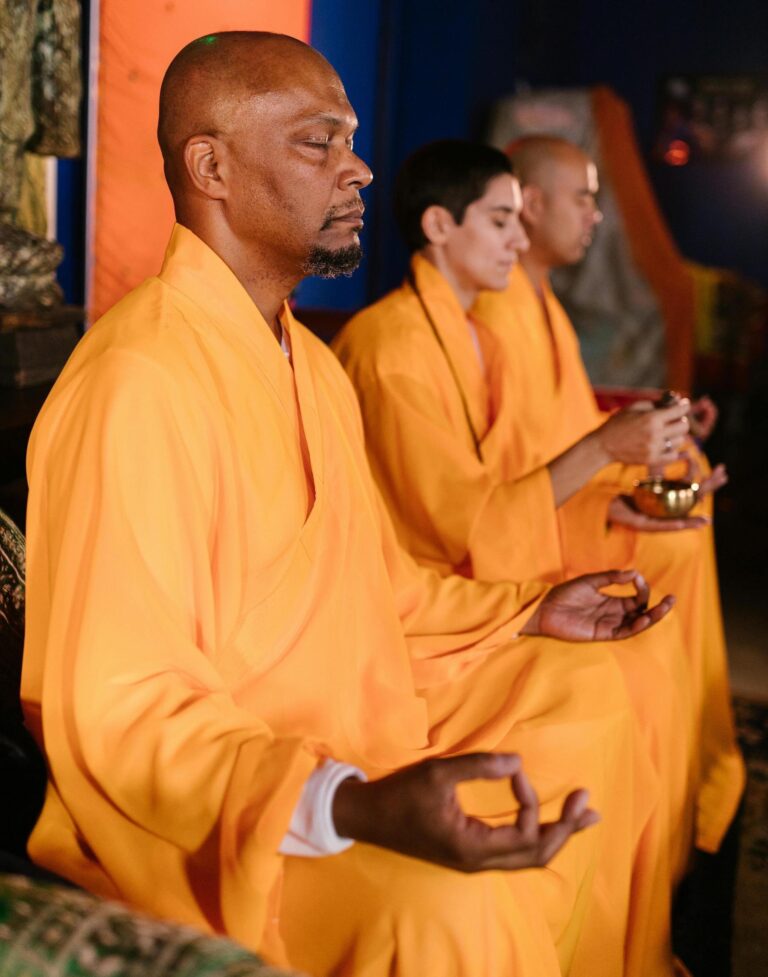 Challenges are only daunting until they’re not. Think about how often new riders fumble friction zone management while trying to take off, yet it becomes second nature with practice. What had required lots of deliberate concentration is now automatic and occupies no space whatsoever in consciousness, and what had been an isolated task is now integrated with other actions and the rider’s intentions. This will happen with trail braking, too, and any other riding skill we focus on and repeat correctly enough times.
Challenges are only daunting until they’re not. Think about how often new riders fumble friction zone management while trying to take off, yet it becomes second nature with practice. What had required lots of deliberate concentration is now automatic and occupies no space whatsoever in consciousness, and what had been an isolated task is now integrated with other actions and the rider’s intentions. This will happen with trail braking, too, and any other riding skill we focus on and repeat correctly enough times.
It’s not easy bein’ green. There’s a great deal of work to be done to go from newbie to average to advanced—mental work, physical work and emotional work. On the other hand, starting out is really not much different from any other stage for riders who value and pursue growth. An MSF Rider Coach friend of mine, who’s one of the most competent motorcyclists I know, calls himself a “Professional Beginner.” He means he’s always learning, always striving to approach the process with the wide-openness of someone starting fresh, and forever fighting the natural tendencies to narrow ones mind and calcify ones conceptual models. Zen Buddhists call this Shoshin, or “Beginner’s Mind,” and it’s a worthy aspiration, not a basis for self-reproach.
New information must be welcomed, despite its demands for flexibility and ongoing adaptation. With this approach, bein’ green isn’t only difficult, it’s also exhilarating, a journey of endless discovery and self-improvement, and best when solidly grounded in a community of others traveling the same path and offering each other the benefits of their respective experiences with trial and error. We needn’t consider our inadequacies cause for shame; they characterize every rider at our stage of development (whatever stage we’re in), and every rider who has ventured beyond our level had to contend with the same frustrations. They simply figured out how to engage successfully in the unavoidable struggles, and some are willing and able to pass along what worked. Bein’ green includes being the fortunate recipient of others’ hard-won insights, even when we must still do the work of making those truths our own through practice.
Kermit came to embrace bein’ green, despite its downside. We can, too.
Mark Barnes is a clinical psychologist and motojournalist. To read more of his writings, check out his book Why We Ride: A Psychologist Explains the Motorcyclist’s Mind and the Love Affair Between Rider, Bike and Road, currently available in paperback through Amazon and other retailers.
Tarryall Ride
Paved Ride, A few curves and mostly 2 laneDepart Woodland Park Safeway 8:30AMHighway 24, Highway 67Highway 126Highway 285County road 77Highway 24Lunch at AJs PizzaWe should arrive back in Woodland Park about 1PM.
Gravel Travel Ride
Meet at Woodland Park Safeway 9:30AMHighway 24 to Highway 67 to Cripple Creek (kind of)South on Shelf RdLunch at El CaporalEast on Highway 50 north on Highway 67(Phantom Canon)to Victor.South on 67 to Highway 24 to the Springs
LOE Bavarian Mountain Rally (NM)
Chama, New Mexico
13-15 September 2024
Link to Event Website
- Live Music Saturday night
- Dinner Friday and Saturday
- Presentations
- Outdoor activities
- Camping or rooms available
- Ride the Cumbres Toltec Railroad through the mountains
- Wonderful and scenic roads throughout the area to explore
